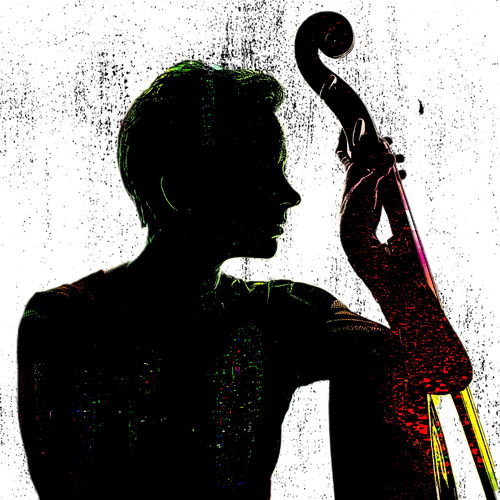Going Off Script: Improvising on Bach
Details
Juliana Soltis full profile / Baroque cello / 1 musician
Full program notes
Suite No. 5 in c minor, BWV 1011 Johann Sebastian Bach
Prelude
Allemande
Courante
Sarabande
Gavottes 1 & 2
Gigue
Suite No. 6 in D Major, BWV 1012
Prelude
Allemande
Courante
Sarabande
Gavottes 1 & 2
Gigue
The cello suites of Johann Sebastian Bach (1685-1750) have been beloved for generations – but what if the music we love so much was incomplete?
Like other composers of the Baroque period, Bach saw notes printed or written on a page not as music, but rather as a sort of recipe for music: a set of instructions that would ultimately result in the creation of music when, in the moment of performance, the player would finally complete the process of composition by adding their personal touch to those notes on the page via improvisation. Without these small additions, or "ornaments," Bach's music is unfinished: eternally waiting to be transformed into the individual, never-to-be-repeated experience he had intended.
Tonight's performance highlights, not only this long-lost tradition of spontaneous improvisation, but also two of Bach's less-performed gems: the fifth and sixth suites for solo cello. Though easily two of Bach's most impressive and expressive works, these suites are a relative rarity in concert due to the special equipment needs they present to the performer.
The fifth suite, in c minor, calls specifically for the use of the "scordatura" or "mis-tuned" cello, on which the top string, usually pitched to the note "A," has been tuned down a full step to the pitch of "G." While this archaic tuning was once common in parts of Italy during the 17th century, it is no longer in use today, meaning that concerts featuring this suite require either a vigorous re-tuning of the cello mid-performance, or the presentation of an altered version of Bach's music to accommodate modern tuning.
The score of the sixth suite, meanwhile, includes a tiny indication in the upper left-hand corner of the page: "une violoncelle à cinq cordes," meaning "a cello with five strings." Though highly uncommon today, the five-string cello tuned C-G-D-A-E was not only prevalent during Bach's time – it also existed in more than one form! (The violoncello da spala, for example, was a small, five-string cello that could be slung about the body, similar to an electric guitar, and then hauled-up on to the shoulder to be played like a violin! Needless to say, this version of the cello did NOT feature the modern instrument's characteristic metal spike, or endpin.) Few performers today are fortunate enough to have a five-stringed instrument on which to play Bach's final suite; as such, most performances are given on standard four-string cellos, necessitating the omission of a great number of notes to accommodate the absence of that top E string. Tonight's performance, though, will be given on a five-string violoncello piccolo: an instrument which I believe allows all of the color and variety of Bach's composition to truly shine.
Videos from this player

 Continue with Facebook
Continue with Facebook
 Continue with Google
Continue with Google
 Continue with Apple
Continue with Apple

